Pioneering Tioga: What It Takes to Get the Road Open
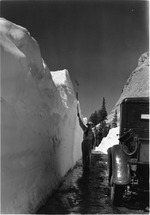 Snow slide on Tioga Road, June 25, 1942. R. H. ANDERSON, COURTESY NPS, YNPIT'S THAT TIME OF YEAR AGAIN. The old orchards are blooming on the floor of Yosemite Valley, Mammoth's Lincoln Mountain is (or was yesterday) a private, hiker's-only stash of untracked corn, and at the Mobil Mart in Lee Vining the grass is already green. The squirrels and pine martens are reported out and about in Tuolomne Meadows. With the skies beginning to clear, mere remnant veins of snow along the crest of the Whites, and serious warm weather finally forecast for the weekend, the question begins to nag: when will the pass open?
Snow slide on Tioga Road, June 25, 1942. R. H. ANDERSON, COURTESY NPS, YNPIT'S THAT TIME OF YEAR AGAIN. The old orchards are blooming on the floor of Yosemite Valley, Mammoth's Lincoln Mountain is (or was yesterday) a private, hiker's-only stash of untracked corn, and at the Mobil Mart in Lee Vining the grass is already green. The squirrels and pine martens are reported out and about in Tuolomne Meadows. With the skies beginning to clear, mere remnant veins of snow along the crest of the Whites, and serious warm weather finally forecast for the weekend, the question begins to nag: when will the pass open?
Tioga is the only connection between east and west along a 200-mile length of the Southern Sierra Nevada, through the second largest roadless area in the Lower 48. The road is closed for an average of six months every year, from the first significant snowfall (generally in November) until late in the spring, when the snowplow crews—the Park Service working from the West; CalTrans from the east—manage once again to punch through.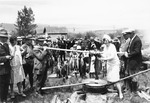 Fish fry near Mono Lake, annual celebration of Tioga Road opening, 1920’s. Courtesy NPS, YNPIn the early days, the opening of the pass occasioned a festive fish fry on the shores of Mono Lake—native people from the west bearing perch and salmon to trade with eastern tribes for pine nuts and obsidian. Later, it was the first mule trains of the season—provisions coming east from civilization, gold and silver headed the other way. These days, for westsiders and Yosemite locals, it means the season's first straight shot to the hot springs in Long Valley. For eastsiders it's a much-needed opening to wildflowers and waterfalls—and nearly two hours shaved from the drive to San Francisco.
Fish fry near Mono Lake, annual celebration of Tioga Road opening, 1920’s. Courtesy NPS, YNPIn the early days, the opening of the pass occasioned a festive fish fry on the shores of Mono Lake—native people from the west bearing perch and salmon to trade with eastern tribes for pine nuts and obsidian. Later, it was the first mule trains of the season—provisions coming east from civilization, gold and silver headed the other way. These days, for westsiders and Yosemite locals, it means the season's first straight shot to the hot springs in Long Valley. For eastsiders it's a much-needed opening to wildflowers and waterfalls—and nearly two hours shaved from the drive to San Francisco.
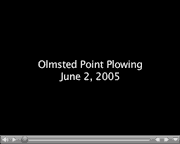 If you're wondering what could be so hard about plowing old snow from a road in the middle of May, check out this NPS video about plowing across an avalanche path in early June 2005.
If you're wondering what could be so hard about plowing old snow from a road in the middle of May, check out this NPS video about plowing across an avalanche path in early June 2005.
For opening and closing dates since 1980, click here.
In the days leading up to Memorial Day, no one watches the road conditions with quite the same keenness as Yosemite National Park's lead wrangler, JR Gehres, as he prepares his world-champion pack team for the annual Mule Days competition in Bishop, on the other side of the range. Rumor has it that getting the team over the crest is the Park Service's primary motivation for plowing its share of the road as early as possible. If it gets done, Gehres can trailer his animals to Bishop in about three hours—compared to eight or more if the project lags.
As might be expected, there is a long-standing tradition of making no official predictions as to when the road might open—until the gate swings for the season. This afternoon I asked a CalTrans worker, just down from the pass for lunch at the World Famous Whoa Nellie Deli, how it looked up there. "As of twenty minutes ago," he said, "it was still snowing."
In the meantime, check here for the latest update on the plows' progress.
 SG
SG
 SG
SG




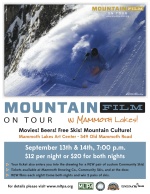
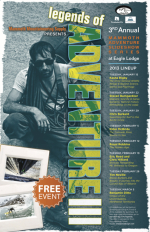







Reader Comments